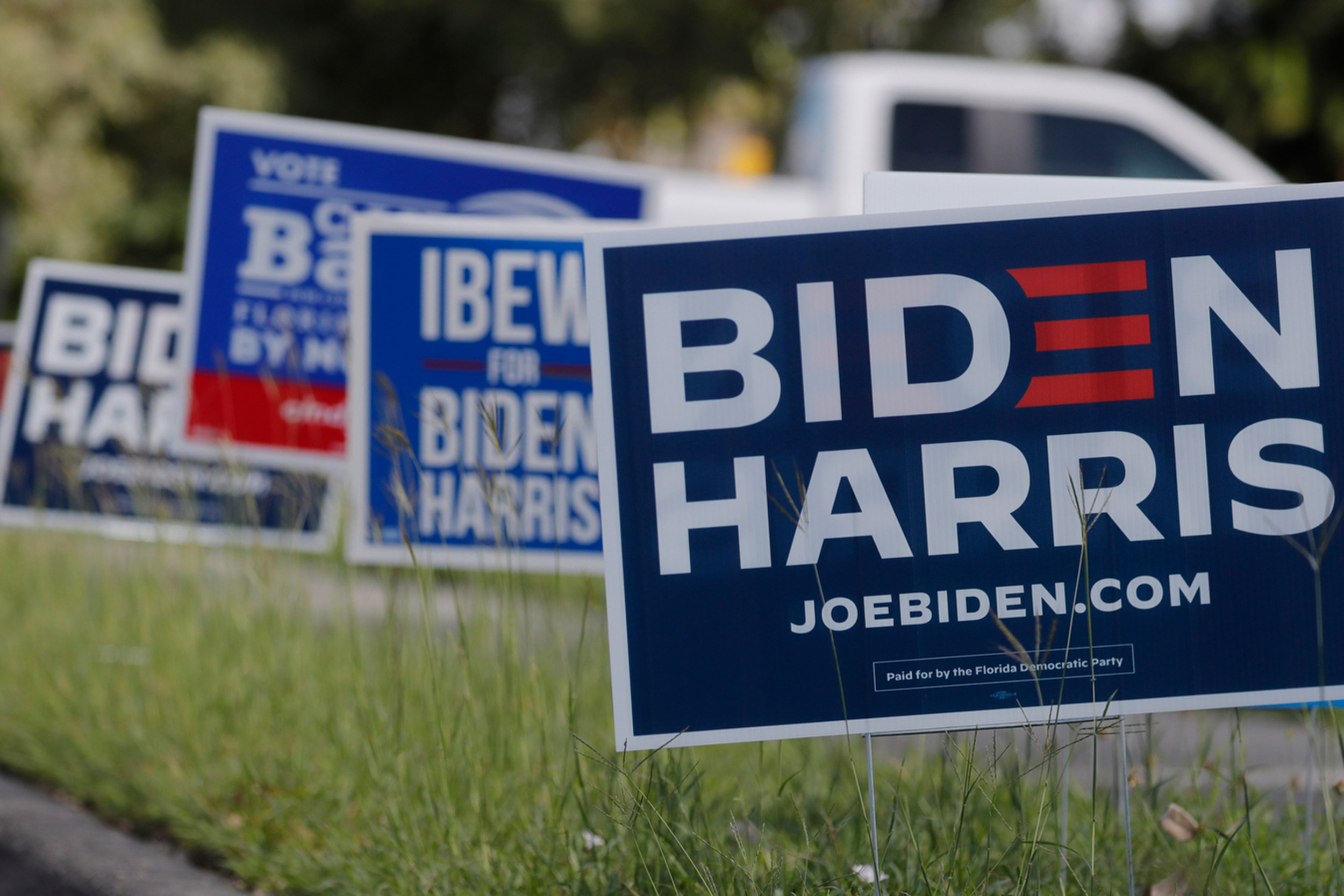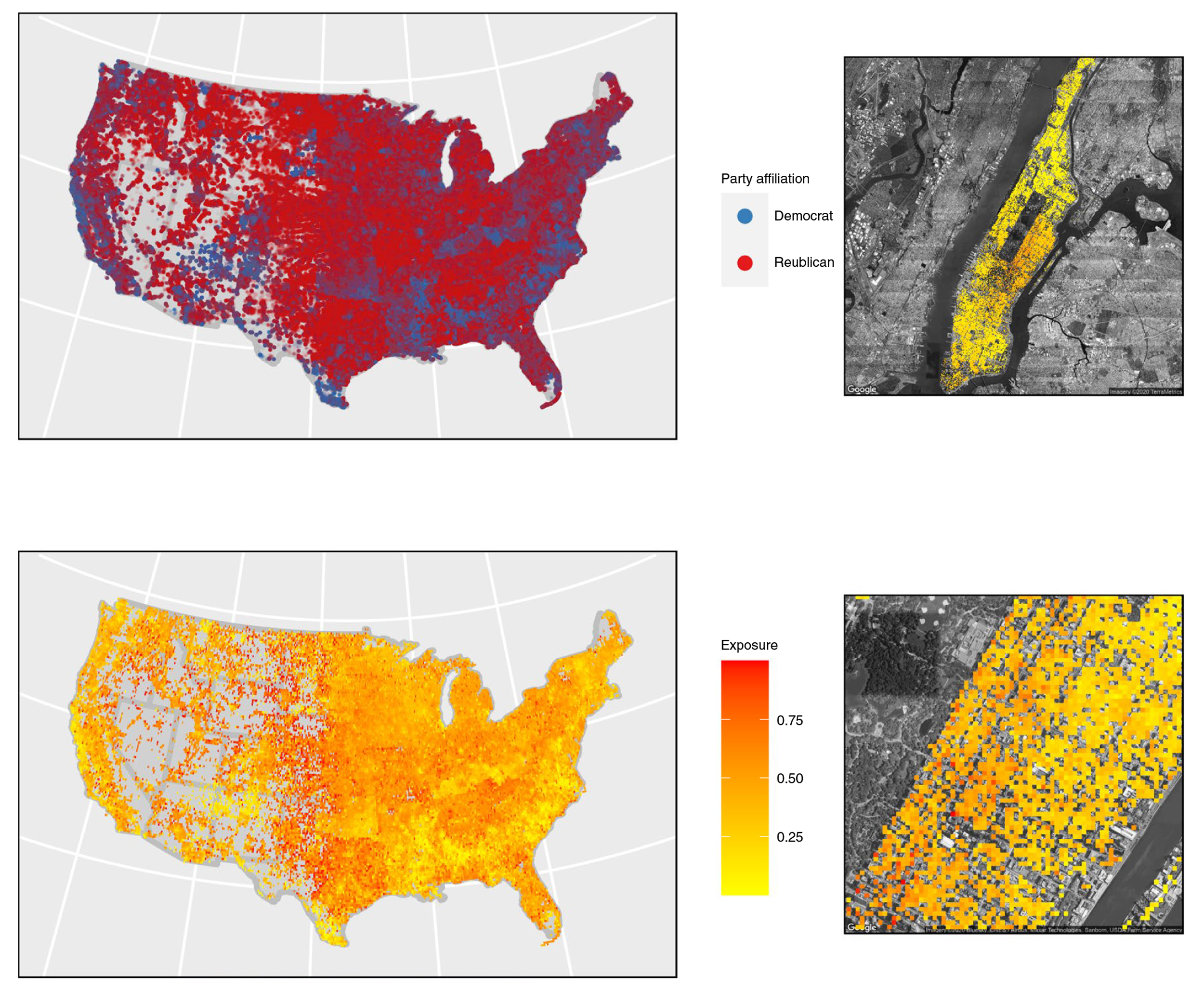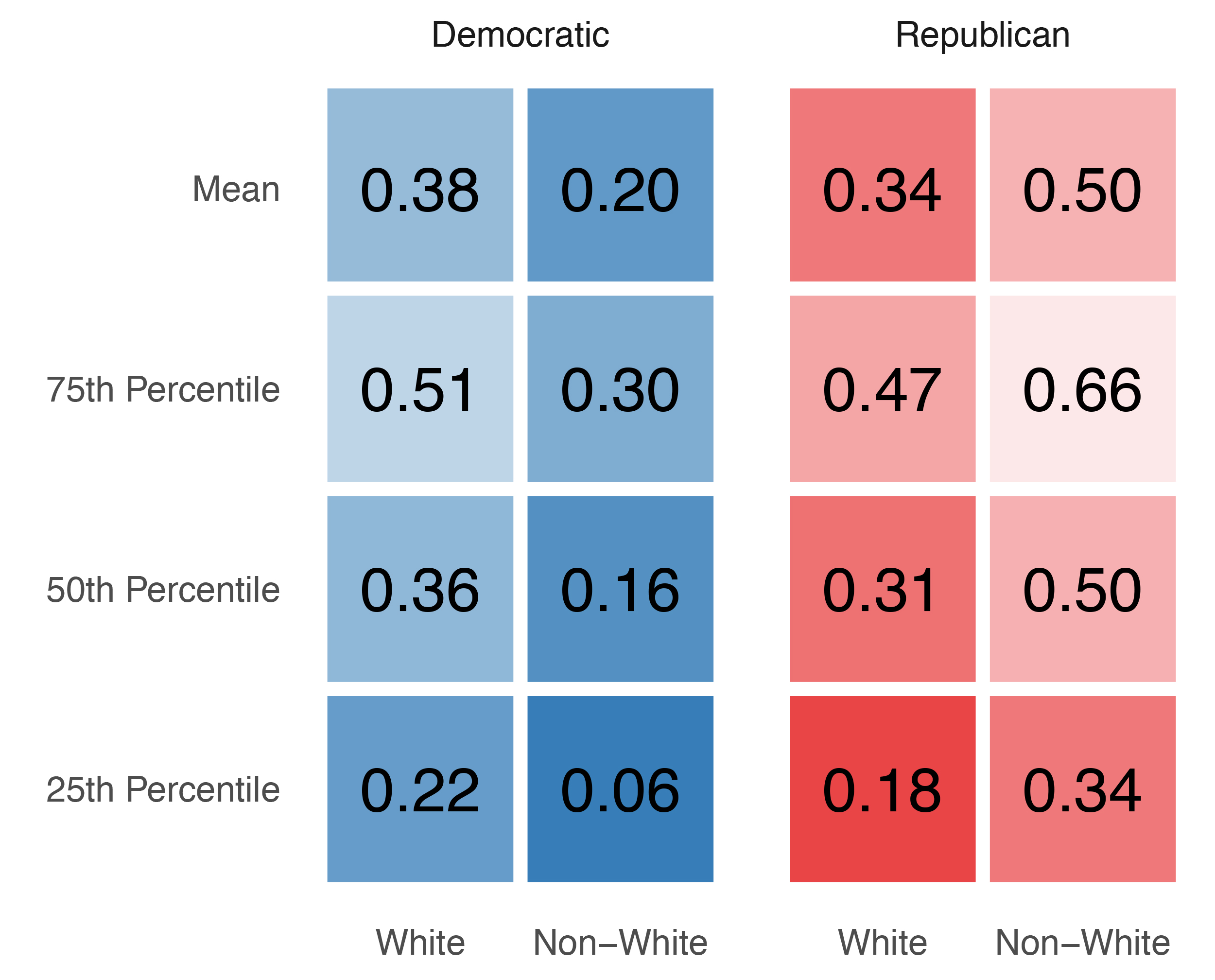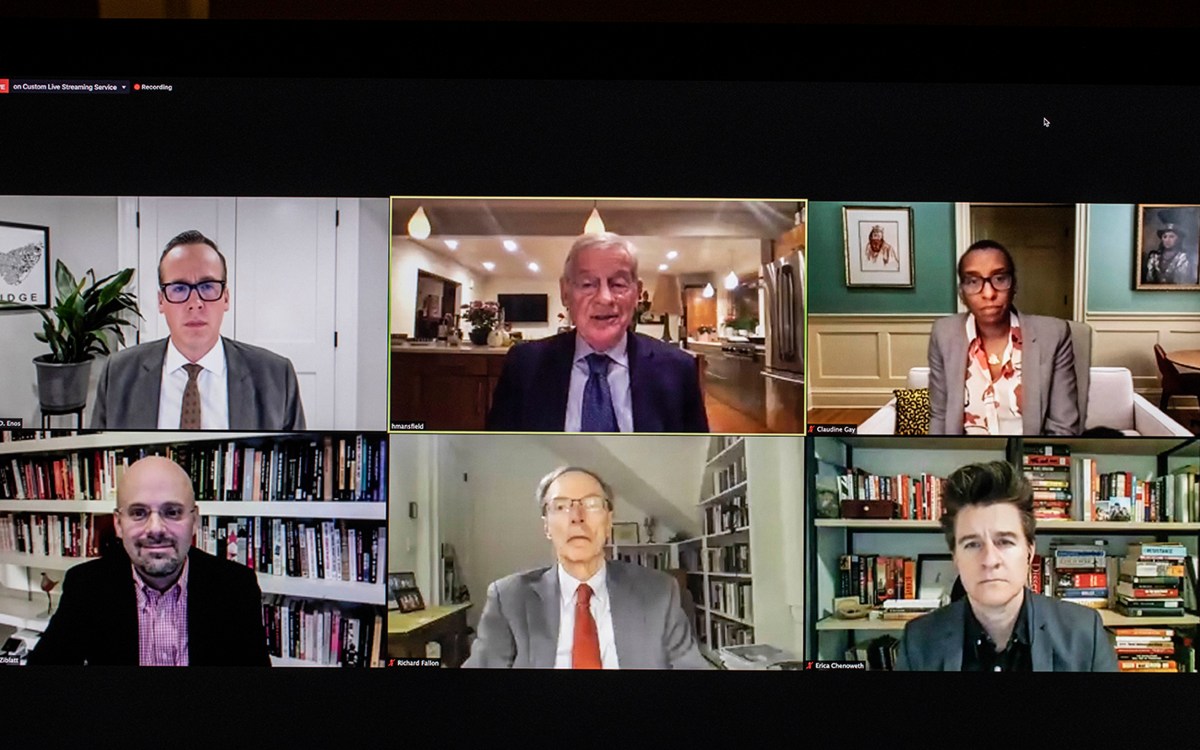
Photo by Ricardo Rolon/The News-Press
Democrats and Republicans do live in different worlds
Analysis of geolocation data, addresses finds extreme partisan segregation in U.S.
It has become a cliché to declare that Republicans and Democrats live in two different worlds these days, but it turns out there is some truth to the observation.
New research on political behavior finds that most Democratic and Republican voters live in partisan bubbles, with little daily exposure to those who belong to the other party. For instance the typical Democrat has “almost zero interactions” with Republicans in their neighborhood, according to an article by Harvard doctoral student Jacob R. Brown and government Professor Ryan D. Enos published March 8 in the journal Nature Human Behaviour.
“There’s a lot of evidence that any separation between groups has a lot of negative consequences. We see this in race; we see this in religion; we see this in all kinds of things,” said Enos. “And increasingly, we see this in partisanship in the United States.”
Using geolocation data and the exact addresses of all 180 million registered voters in the U.S. as of June 2018, the two were able to precisely map, for the first time, where Democrats and Republicans live in relation to each other in every town, city, and state in the U.S. Then, rather than rely on the usual precinct or data aggregations, they used weighted measures and recorded the distance between voters to show how people are divided by geography and partisanship across the country.
No area of the country is immune to the segregation, but its intensity varies. Democrats in large, densely populated cities like New York are the most politically isolated, with 10 percent of them encountering a Republican only one out of 10 times in their neighborhood. Republicans in rural areas are similarly segregated.
Overall, most Democrats and Republicans live in levels of partisan segregation that exceed what scholars of racial segregation consider highly segregated, the study found.

Their analysis of U.S. Census tract data showed that 98 to 99 percent of Americans live in areas segregated by partisanship. Loving County, Texas, a county of about 200 people along the New Mexico border, is the only tract in the entire U.S. where Democrats and Republicans mix freely, the researchers found.
This social splitting is not the result of an urban/rural divide, where cities attract more Democrats, and Republicans typically favor the country life, Brown and Enos say. Whether in small to mid-size cities, the suburbs or ex-urbs in between, the data showed that Republicans stick close to other Republicans, and Democrats stick close to other Democrats.
“Even within a neighborhood, Democrats and Republicans are separating from each other a little bit,” said Enos. That seems like “an almost unnatural level of segregation” given the similarities people from the same neighborhood usually share and “might indicate there’s something pretty pernicious going on,” he added.

Race and ethnicity are closely associated with partisanship and do affect where people live. The study shows, however, that partisan segregation is distinct from racial and ethnic segregation. White Democrats who do not identify as Hispanic had similar levels of exposure to members of the other political party as white Republicans, levels that were greater than Democrats from other racial and ethnic groups, who are the most isolated. Since non-Hispanic whites are more likely to be Republicans than Democrats, their lower rate of partisan segregation among whites, when race and ethnicity are taken into account, is “suggestive evidence” that white voters cluster with other whites regardless of party, according to the study.
“If white people were more willing to live near non-white people, partisan segregation would be even higher,” said Enos.
High levels of partisan segregation pose a number of “negative consequences for democracy,” the researchers say. Exposure to different sociopolitical ideas and viewpoints has long been shown to reduce prejudice and to improve social cooperation. Not only does partisan segregation help fuel a never-ending cycle of legislative stalemates, it affects whether voters, and the policy choices made on their behalf, are accurately and fairly represented in government, as heavily gerrymandered congressional districts already demonstrate.
“Even within a neighborhood, Democrats and Republicans are separating from each other a little bit.”
Ryan D. Enos
“I would hope that we can all agree that it’s important that we get exposed to different ideas. We can reject them. We can do whatever we want, but it’s good that we hear both sides,” said Enos.
Brown and others have found evidence that people engage in most of their political communication with people in own neighborhoods. The self-reinforcing nature of partisan isolation can easily open the door to extreme views and radicalized behavior, so the views of our neighbors really matter.
“When you have things like ideology and party and geography all lining up on top of each other, on top of race and income and a lot of other things, these parties really, really start to matter for people,” and can result in events like the Jan. 6 attack on the U.S. Capitol, said Enos.
What causes this segregation, what are the consequences and how it can be undone are among the many questions that scholars hope to be able to answer eventually. Unlike racial segregation, the field is still in its infancy, so much more work needs to be done before any definitive conclusions can be drawn fairly, said Brown and Enos.
The pair are now studying several related issues, including an examination of U.S. voter data from 2012 to 2020, to understand the trend and its effects over time, and digging into the effects such segregation has on people’s views, especially those in the “out” party for their area, as part of a broad project on partisan segregation.
For those Democrats in major metropolises like Manhattan or Chicago, or even smaller cities like Boston, who are stunned that they — and not folks living in less-cosmopolitan confines like the suburban Midwest — could be the most politically segregated voters in the country, it can be easy to lose sight of how “blue” most urban ZIP codes are when immersed in a racially diverse or multicultural environment.
“I live in Harvard Square, and I think, as urban high-density Democrats, we tend to think we are surrounded by all this diversity, and in a way we are,” said Enos. “But we live in real, real homogenous political environments, and it is important to think about what the implications of that are for our views on the world.”







